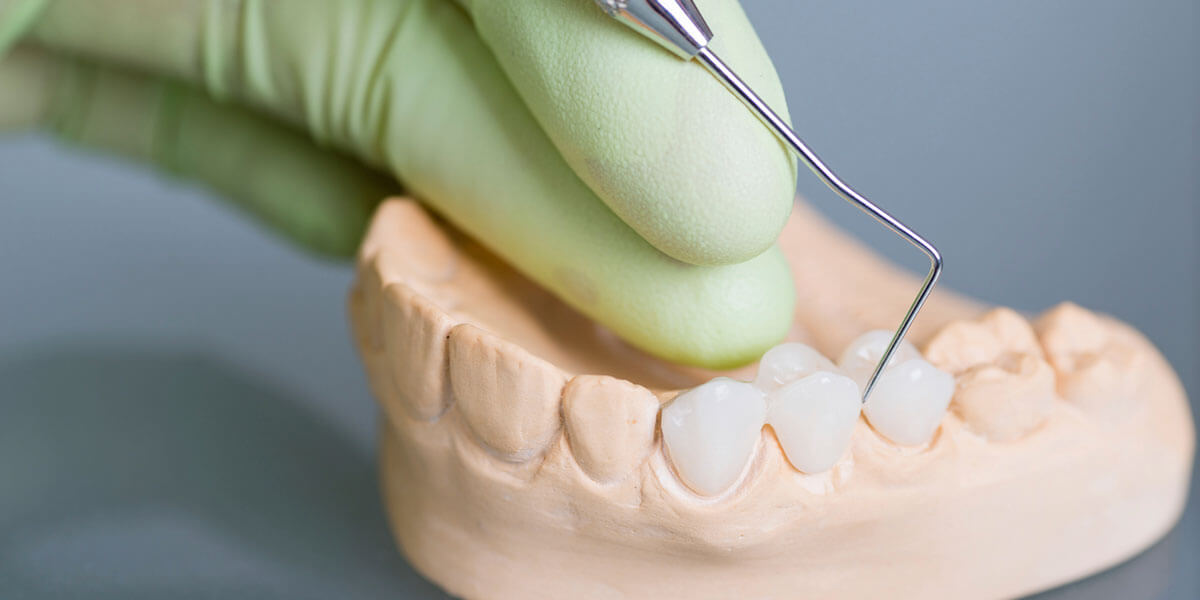Dental Bridges on the Upper West Side

Smiles on the Upper Westside provides Dental Bridges in NEW YORK, NY. Call 212-222-5225 to learn more and schedule your appointment.
Dental bridges are a common restorative treatment option when one or more teeth are missing. Bridges can be made in a variety of shapes and sizes, but what they all have in common is that they rely on abutments (supports) to hold a span of prosthetic teeth (pontics) in place.
Bridges can be fabricated with a wide range of materials, but at our practice, we prefer using high-quality materials that are strong, functional, and look like your natural teeth. A well-made bridge will blend in with the rest of your smile once it is in place, so no one will ever notice it.
Types of bridges include:
Traditional Dental Bridge
Crowns are placed on the two teeth on either side of the gap in your smile with a traditional dental bridge. These crowns act as abutments to support your bridge. Traditional bridges can be used to replace a single tooth or several adjacent missing teeth.
Cantilever Bridge
When only one adjacent tooth is available to use as an abutment and an implant-supported restoration is not an option, we use a cantilever bridge. The downside of a cantilever bridge is that it puts additional stress on the abutment tooth, making it more prone to fracture than a traditional dental bridge.
Implant-Supported Bridge
The only type of bridge that addresses tooth loss both above and below the gumline is an implant-supported bridge. This type of bridge is held in place by dental implants that replace the two outermost missing teeth, rather than requiring adjacent teeth for support. When three or more adjacent teeth need to be replaced, implant-supported bridges are a fantastic option that provides strength, stability, and durability.
Maryland Bridge
Maryland bridges, like traditional bridges, rely on the support of two adjacent teeth, but instead of crowns, a metal or ceramic framework is bonded to the backs of the abutment teeth. Although this preserves the tooth structure of the abutment teeth, Maryland bridges are more likely to break off because they lack the stability of traditional or implant-supported bridges.
Frequently Asked Questions About Dental Bridges
How long does a dental bridge last?
A traditional or implant-supported dental bridge lasts for about 10 years, depending on where it is placed in your mouth, the type of material used, and your oral care habits. With proper maintenance, bridges can last even longer than 10 years.
Do dental bridges hurt?
We use local anesthesia to ensure that you don’t feel any pain while your abutments are being prepared, whether you’re getting a traditional bridge, a cantilever bridge, or an implant-supported bridge. (Getting a Maryland bridge is painless because it is bonded to the exterior of the supporting teeth; nevertheless, you may experience some sensitivity in the supporting teeth after your appointment.) When the anesthesia wears off, you may have some discomfort, but you can treat this with over-the-counter pain relievers.
Do I need a bridge after a tooth extraction?
If you’ve had a tooth extracted, you’re probably eager to have it replaced as soon as possible. Dental implants are growing more popular, although bridges are still one of the most common replacement options for missing teeth. If all or most of your teeth have been extracted or lost, you may need a denture rather than a bridge. We’ll help you understand your options during your consultation.
How long does a dental bridge last?
Yes, fixing a loose dental bridge typically requires only a few minutes at the dentist’s office. Because a loose bridge could fall out or damage surrounding teeth, it’s best to see us as soon as possible.
Call 212-222-5225 to schedule your appointment.
